The appropriate equipment can make all the difference while preparing pizza. A tool that is frequently disregarded is the pizza peel.
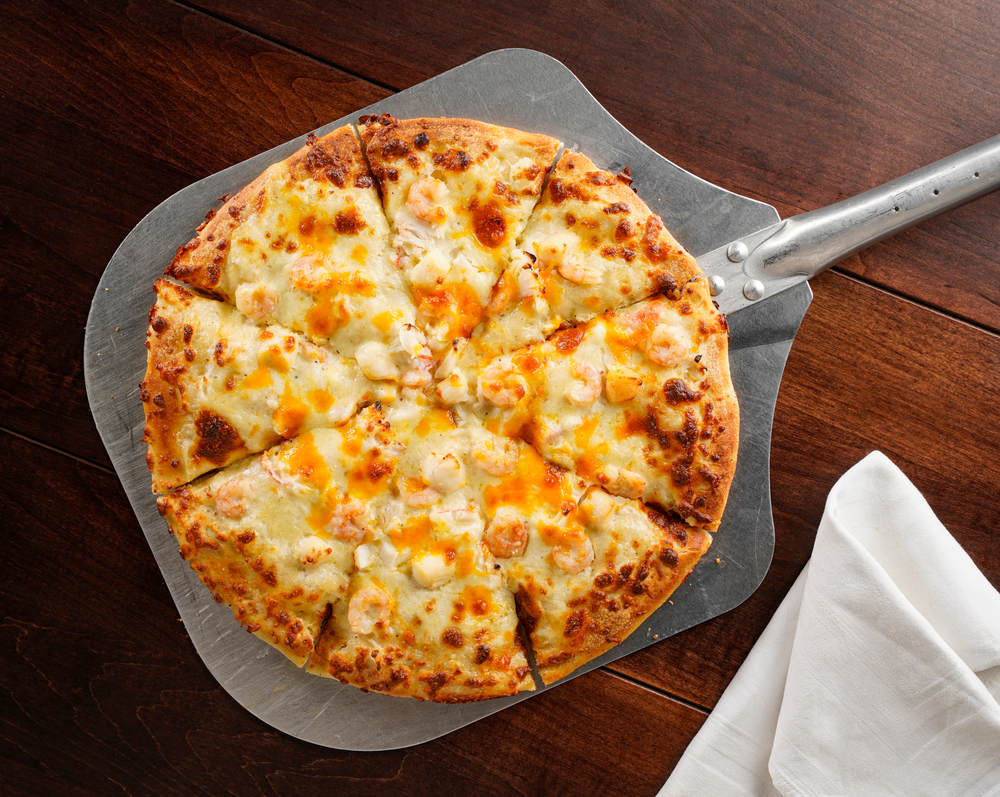
Pizza peels, which are available in a variety of materials, are necessary for moving pizzas into and out of the oven.
Pizza peels are most frequently made of wood or metal, each of which has benefits and drawbacks.
Both home cooks and chefs still use wooden pizza peels since they have been around for generations. A wood pizza peel’s weight makes it simpler to slide the pizza onto a hot pizza stone without upsetting the toppings, which is one of its main advantages.
The flavor of the pizza may improve since wooden peels are less likely to burn in the oven. Pizza may be more difficult to remove from a wooden pizza peel due to its flimsiness and rounded edge.
Metal pizza peels, on the other hand, are built from premium metal, which makes them incredibly lightweight and simple to use.
Additionally, they are less likely than wood pizza peels to distort or crack with time. However, a metal peel’s flat surface can make an uncooked pizza dough stick, which can be annoying for home bakers.
In hot conditions, metal pizza peels are also more likely to burn, which may impart a burnt flavor to the pizza.
Wooden Pizza Peels
Overview
Wooden pizza peels are a popular choice among pizza enthusiasts and professionals alike. They are made of wood and come in different sizes and shapes. Wooden pizza peels are designed to slide the pizza easily into and out of the oven.
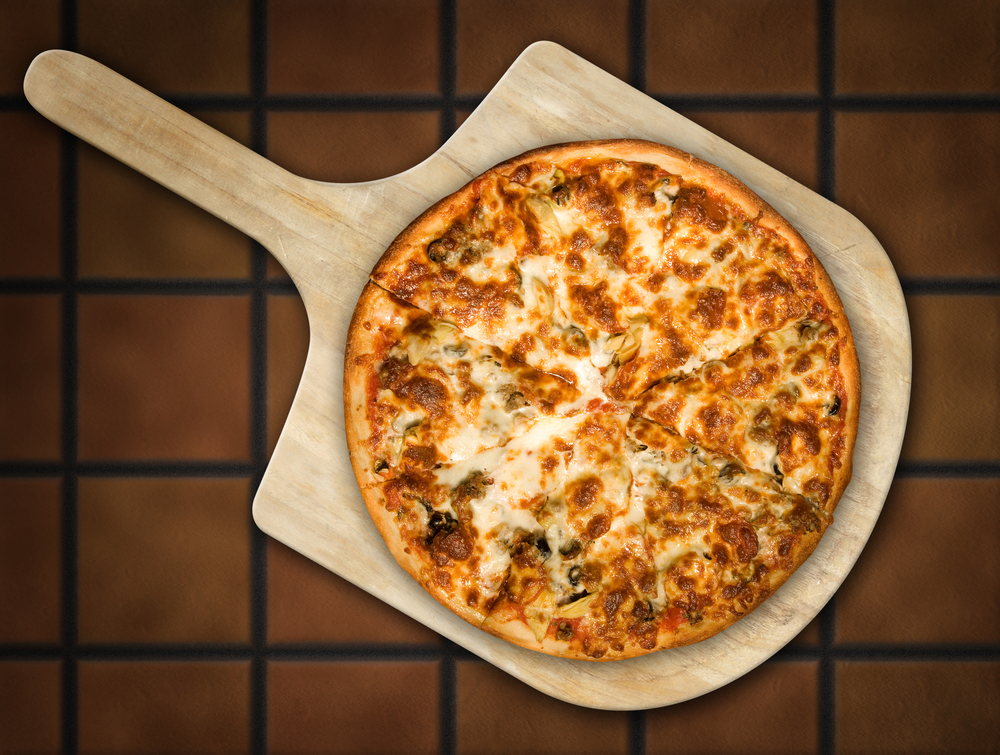
Advantages
One of the main advantages of a wooden pizza peel is its ability to slide the pizza easily. The wood material allows the pizza to glide smoothly onto the stone or surface of the oven.
Wooden pizza peels are also less flimsy than their metal counterparts, making them easier to handle for beginners.
They are also a popular choice for professionals because they provide a more traditional look and feel.
Disadvantages
One disadvantage of a wooden pizza peel is that it can be more difficult to clean than a metal peel. The wood material can absorb moisture and bacteria, which can lead to mold or other issues.
Wooden pizza peels are also more prone to warping or cracking over time. Additionally, they may have a rounded edge, which can make it more difficult to slide the pizza onto the peel.
Maintenance
To keep your wooden pizza peel in good condition, it is important to clean it after each use. You can use a damp cloth to wipe it down or wash it with mild soap and water.
Avoid using harsh chemicals or soaking the peel in water, as this can cause warping or cracking. It is also a good idea to oil the peel occasionally to keep it from drying out and cracking.
When it comes to choosing the best wood pizza peel, there are many options available. Some popular choices include cherry, maple, and beechwood.
Each type of wood has its own unique characteristics, so it’s important to choose the one that best suits your needs.
Overall, wooden pizza peels are a great choice for anyone who wants a traditional look and feel. They are easy to use and provide a smooth surface for sliding the pizza onto the stone or surface of the oven.
While they may require a bit more maintenance than a metal peel, they are a durable and reliable option for any pizza enthusiast.
Metal Pizza Peels
Overview
Metal pizza peels are a popular choice among pizza enthusiasts and professionals alike. They are made of thin metal, usually aluminum, and are designed to slide the pizza easily into and out of the oven.
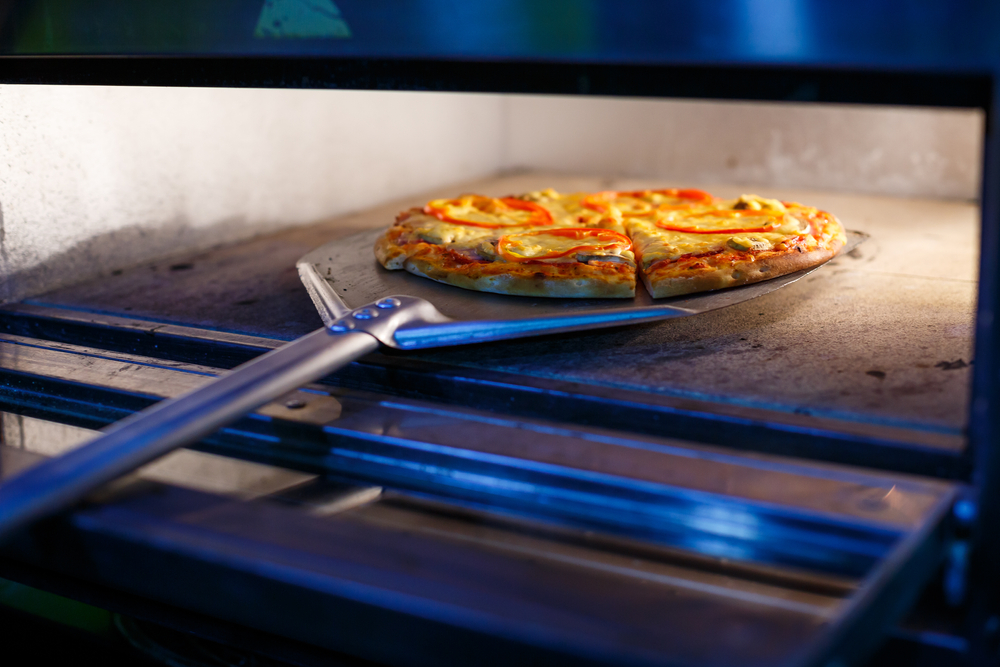
Metal pizza peels come in different shapes and sizes, but they all share the same basic design: a flat, thin surface with a long handle.
Advantages
There are several advantages to using a metal pizza peel. First, metal peels are great for retrieving the pizza from the oven as they slide under the pizza easily due to their thin metal surface. This makes them an excellent choice for high-temperature baking.
Second, metal pizza peels are durable and long lasting, making them a great investment for home pizza makers and professionals alike. Third, metal pizza peels are easy to clean and maintain, requiring only a simple wipe-down after use.
Disadvantages
While metal pizza peels have many advantages, they also have some disadvantages. One of the biggest drawbacks is that metal peels do not have any effect on the taste and flavor of pizza.
This means that if you are looking for a pizza peel that will help preserve the authentic flavor of your pizza, a wooden peel may be a better choice.
Additionally, metal pizza peels can sometimes cause the pizza to stick to the surface, which can result in a burnt flavor if not removed quickly.
Maintenance
Maintaining your metal pizza peel is easy and straightforward. After each use, wipe down the surface with a damp cloth to remove any debris or residue.
If the peel becomes heavily soiled, you can use a mild detergent to clean it. Avoid using abrasive cleaners or scouring pads, as these can scratch the surface of the peel.
When storing your metal pizza peel, make sure to keep it in a dry, cool place to prevent rust and other damage.
If you notice any signs of damage or wear, such as cracks or dents, it may be time to replace your peel.
Overall, metal pizza peels are a great choice for anyone looking for a durable, easy-to-use pizza peel that can handle high temperatures and frequent use.
While they may not impart any flavor to your pizza, they are an essential tool for any pizza maker looking to achieve a professional-quality result.
Wood vs Metal Pizza Peels
When it comes to pizza peels, there are two main materials to choose from: wood and metal. Each material has its own advantages and disadvantages, and it’s important to consider these factors when deciding which type of pizza peel to use.
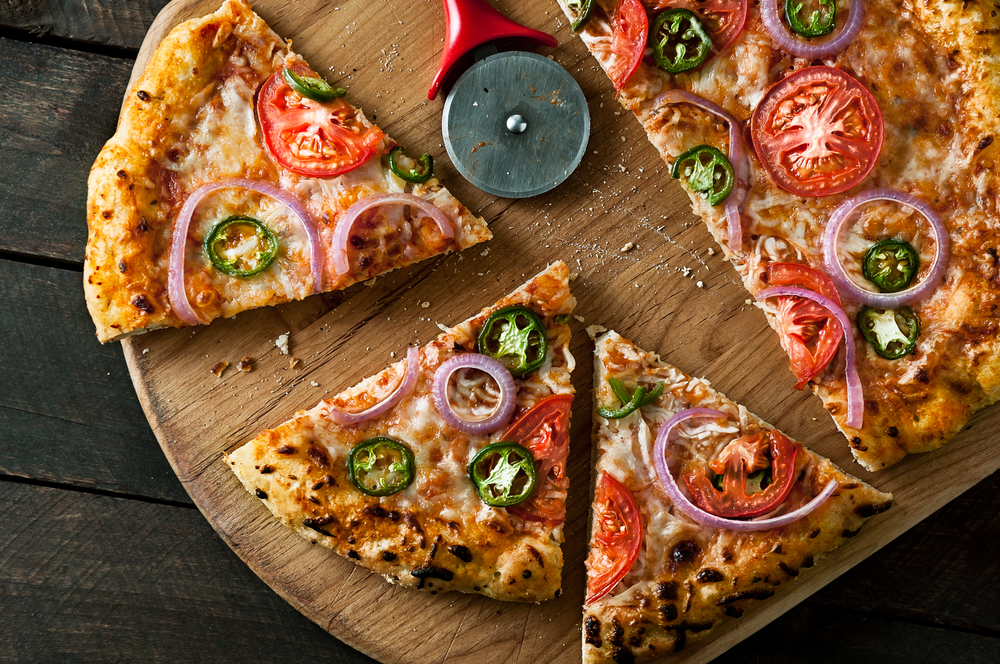
Material
The material of a pizza peel can have a significant impact on the quality of the pizza. Wood pizza peels are porous and absorb moisture from the dough, which can help prevent it from sticking.
This makes them a great option for launching the pizza into the oven. However, wood peels can be more difficult to clean and maintain than metal peels.
Metal pizza peels, on the other hand, are non-porous and do not absorb moisture. This makes them a better option for retrieving the pizza from the oven, as the pizza slides off the metal surface more easily. Metal peels are also more durable and easier to clean than wood peels.
Shape
The shape of a pizza peel can also affect its performance. Metal pizza peels are often flimsier than wood peels, which can make it more difficult to slide the pizza onto the peel.
Wood pizza peels are often thicker and have a rounded edge, which can help prevent the pizza from getting stuck.
Thickness
The thickness of a pizza peel can also play a role in its performance. Thicker peels are less likely to warp or bend under high temperatures, which can help prevent the pizza from burning. However, thicker peels can also be heavier and more difficult to maneuver.
Warping
Warping is a common issue with pizza peels, especially with wood peels. Over time, the heat from the oven can cause the peel to warp or bend, which can affect its performance.
Metal pizza peels are less likely to warp than wood peels, but they can still be affected by high temperatures.
Overall, the choice between a wood or metal pizza peel comes down to personal preference and the specific needs of the user. Both materials have their advantages and disadvantages, and it’s important to consider these factors when choosing a pizza peel.
Professionals often use both types of pizza peels, with a wooden peel for launching and a metal peel for retrieving.
Some of the best wood pizza peels include the American Metalcraft Wooden Pizza Peel, while the American Metalcraft Aluminum Pizza Peel is a great metal option.
Using a Pizza Peel
When it comes to making homemade pizza, using a pizza peel is essential. A pizza peel is a flat shovel-like tool that is used to transfer the pizza in and out of the oven.
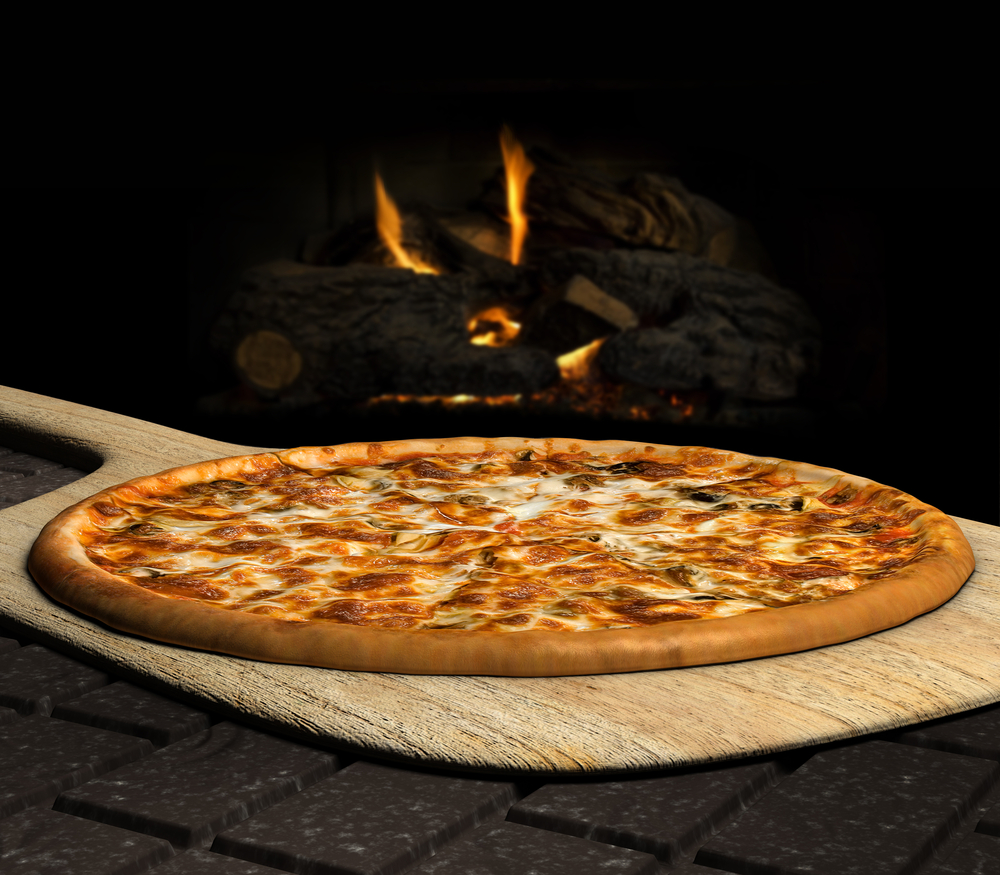
There are different types of pizza peels available in the market, including wooden peels, metal peels, and perforated peels. In this section, we will discuss how to use a pizza peel to make the perfect pizza.
Preparing the Peel
Before using the pizza peel, it is important to prepare it properly. Firstly, ensure that the peel is clean and free from any debris or flour.
If you are using a wooden peel, make sure to lightly coat it with mineral oil to prevent the dough from sticking. If you are using a metal peel, you can skip this step.
Next, sprinkle some flour or cornmeal on the peel to prevent the dough from sticking. Make sure to spread the flour evenly on the peel.
Transferring the Pizza
To transfer the pizza onto the peel, slide the peel under the pizza carefully. If the pizza is sticking to the surface, use a spatula to loosen it before sliding it onto the peel.
If you are using a metal peel, it is important to slide it under the pizza quickly and smoothly to avoid any damage to the dough.
Launching the Pizza
When you are ready to launch the pizza into the oven, make sure to position the peel at the center of the oven and slide it quickly onto the pizza stone or the carrying surface.
If you are using an outdoor oven, you can use tongs to hold the peel and launch the pizza.
Turning the Pizza
If you want to turn the pizza while it is cooking, use a turning peel. A turning peel is a smaller peel with a beveled edge that is used to slide the pizza around the oven.
To turn the pizza, slide the turning peel under the pizza and rotate it gently.
Using a pizza peel is an important part of pizza-making. Whether you are using a wood or metal pizza peel, make sure to prepare it properly and use it carefully to avoid any mishaps.
With a little practice, you can become a pizza-making pro just like the professionals at your favorite pizza restaurants.
Cleaning a Pizza Peel
When it comes to cleaning a pizza peel, there are a few things to keep in mind. Depending on whether you have a wooden or metal peel, the cleaning process may differ slightly.
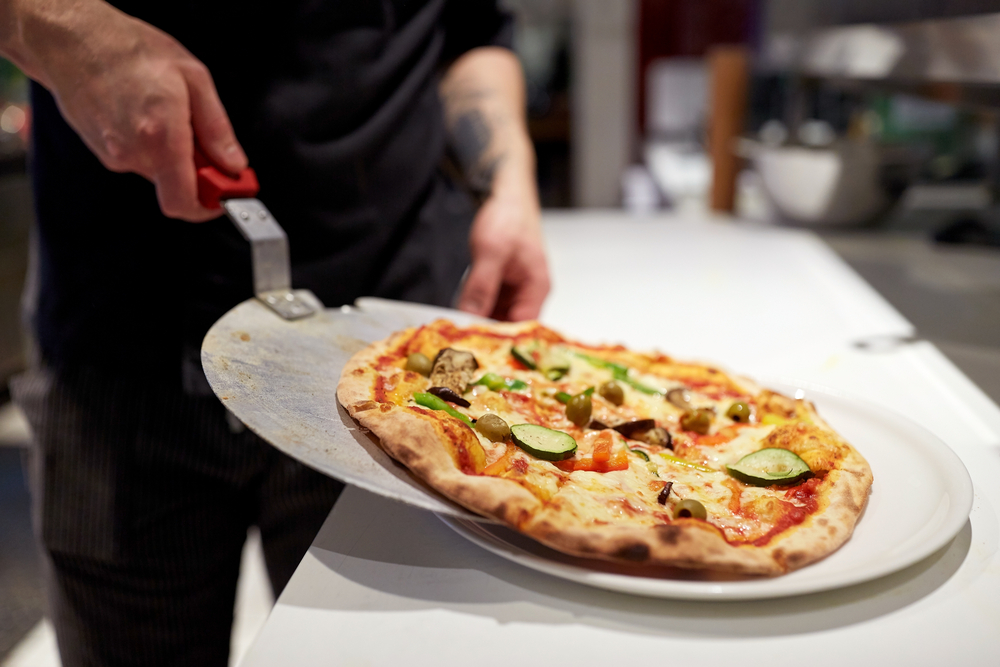
Here’s what you need to know:
Wooden Peel
Cleaning a wooden pizza peel requires a bit of extra care. You don’t want to soak it in water or use harsh chemicals, as this can damage the wood. Instead, follow these steps:
- Scrape off any excess dough or toppings with a bench scraper or knife.
- Wipe the peel down with a damp cloth or sponge. You can use a mild dish soap if necessary.
- Rinse the peel with warm water and dry it thoroughly with a clean towel.
- If there are any stubborn stains or odors, sprinkle some coarse salt on the surface of the peel and use a lemon half to scrub it off. Rinse and dry as usual.
It’s important to note that wooden pizza peels should be seasoned regularly with food-grade mineral oil to keep them in good condition.
Metal Peel
Cleaning a metal pizza peel is a bit easier than cleaning a wooden one. Here’s what we recommend:
- Remove any excess dough or toppings with a bench scraper or knife.
- Rinse the peel with warm water and use a soft sponge or scrub brush to remove any remaining residue.
- If necessary, use a mild dish soap to clean the surface of the peel.
- Rinse the peel with warm water and dry it thoroughly with a clean towel.
Metal pizza peels are generally more durable than wooden ones, but they can still be damaged if not cared for properly.
Avoid using abrasive cleaners or scrubbers, and don’t leave the peel submerged in water for extended periods of time.
By following these simple steps, you can keep your pizza peel clean and in good condition for years to come.







Add comment